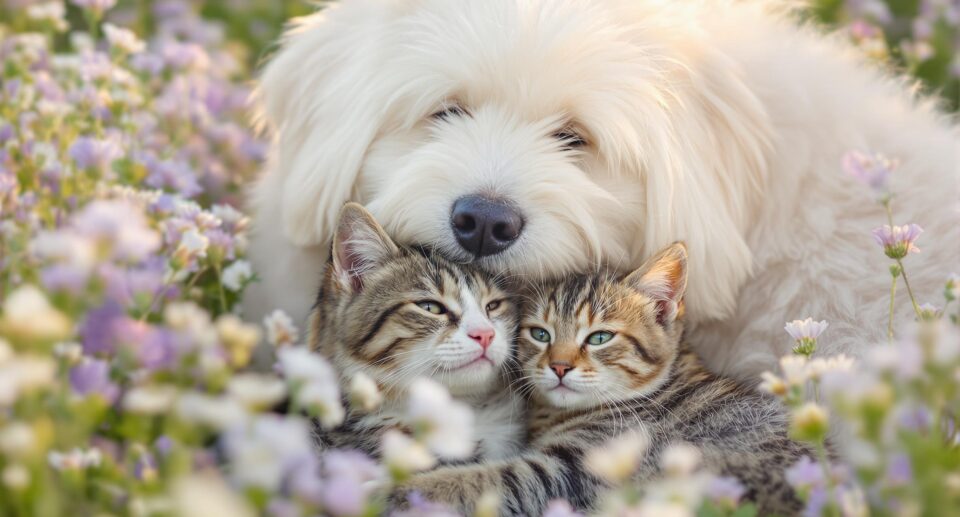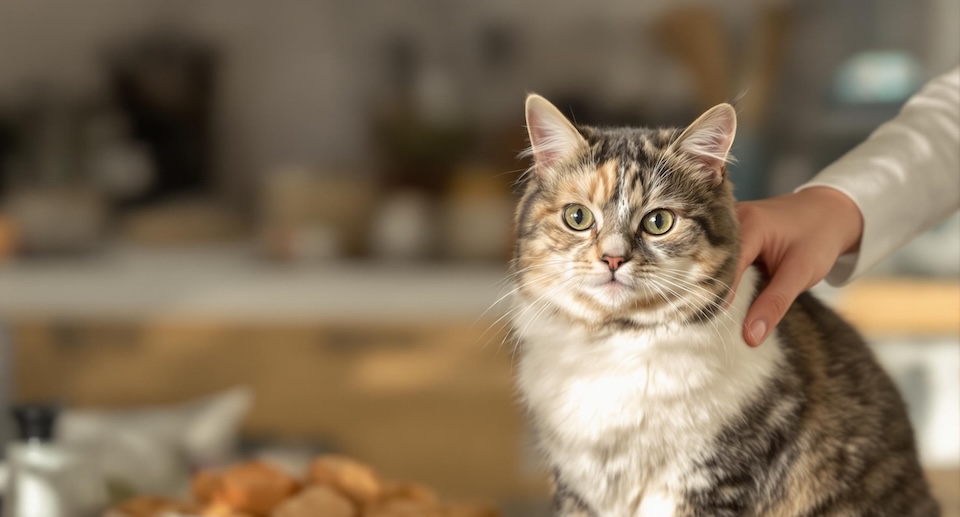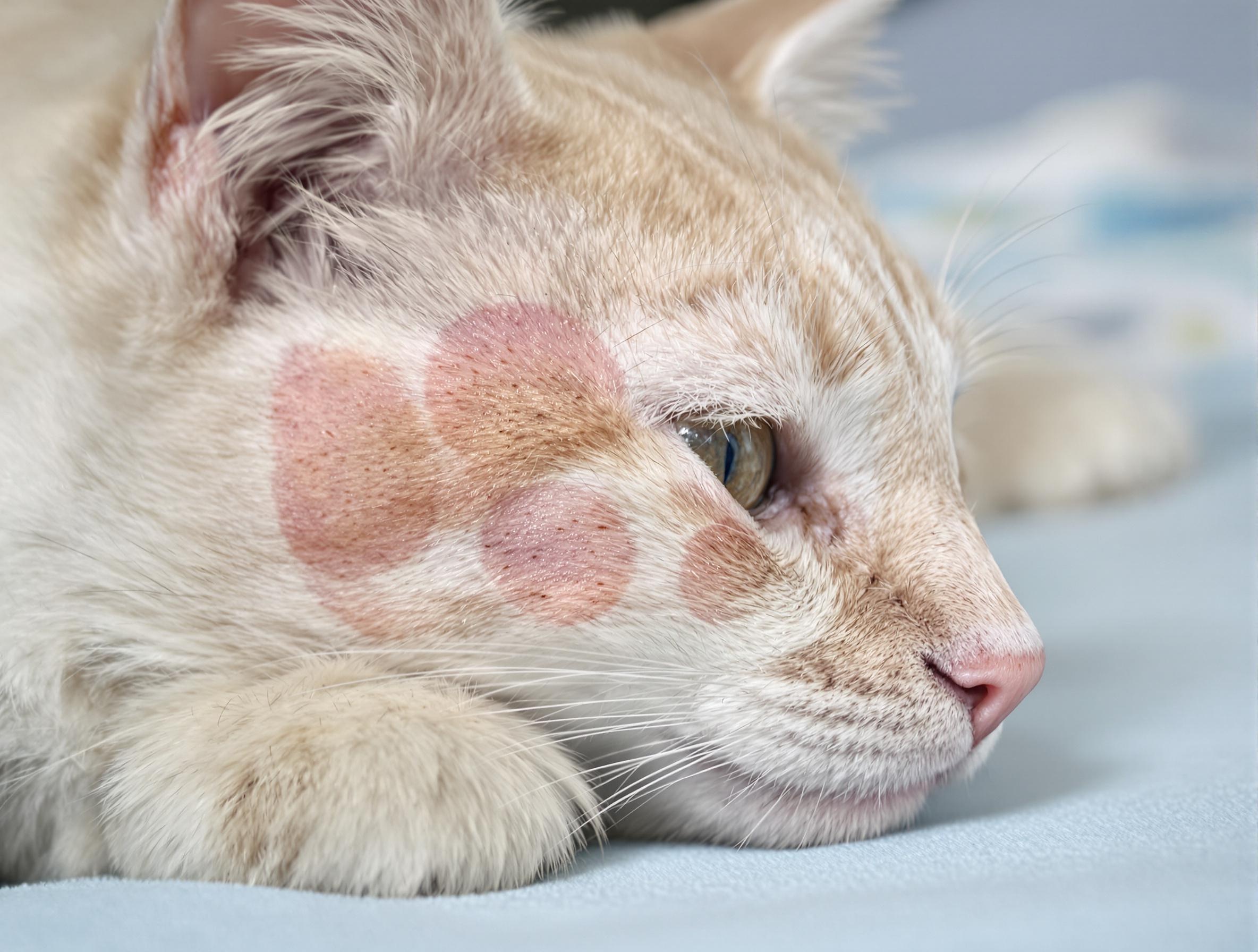10 Simple Steps for a Seamless Cat Adoption: A Checklist
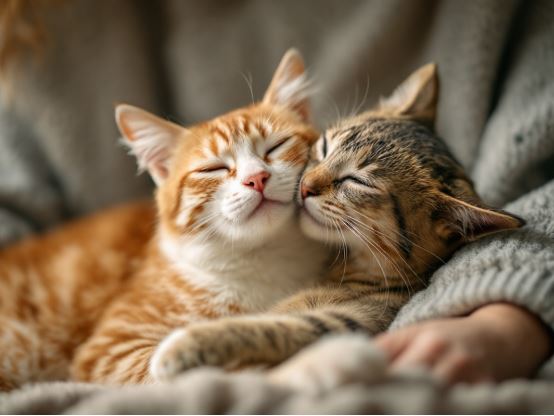
Bringing home a new cat is exciting and full of learning moments. The first month is all about building trust, creating comfort, and setting healthy routines. This complete guide to cat adoption covers how to prepare your home, choose the right supplies, introduce your cat to other pets, and support their physical and emotional well-being—so your new feline family member feels safe, loved, and right at home.
Key Takeaways
- Prepare thoroughly for cat adoption by creating a safe, enriched environment and gathering essential supplies.
- Visit veterinarians early and establish a consistent feeding routine for long-term health.
- Build trust and patience through positive interactions that support emotional and physical well-being.
Welcoming a New Cat into Your Home
A gentle paw tap, a soft meow—these small moments mark the beginning of an amazing experience. Bringing a cat home is filled with joy, companionship, and unconditional love. But before your new feline friend starts curling up in favorite spots, preparation is key.
Adopting a cat isn’t just about choosing one; it’s about creating a space where your new companion feels safe and comfortable. With the right preparation, you can build a strong, lifelong bond. Always check with a veterinarian for vaccinations, wellness exams, and any necessary treatments for your new cat.
Navigating the Cat Adoption Process
Choosing the right cat can be exciting but also feel overwhelming. Most adoption processes involve a few visits over a week or two, allowing you time to ensure readiness.
Before bringing a new cat home, ensure everything is in place. Many shelters require proof of residence, landlord approval (if renting), and documentation of vaccinations for other pets. Checking out PetHealthMD’s wellness guides can help you prepare for your new feline family member.
Step 1: Prepare Your Home
Imagine stepping into a new place where nothing is familiar—that’s how your cat may feel at first. Create a quiet area with essentials such as food, water, a litter box, and a comfortable bed. This dedicated space helps a cat feel more secure.
Perform a safety check: secure loose wires, store cleaning supplies, and ensure windows and doors have sturdy screens. Provide scratching posts near furniture to encourage healthy habits.
Step 2: Gather Essential Cat Supplies
Help your cat feel at home right away by stocking up on basics:
- A sturdy carrier that opens from the top and side for vet visits.
- Shallow, wide bowls to prevent whisker fatigue.
- A soft bed and blanket for relaxation.
- A gentle grooming kit.
- Interactive toys for stimulation.
For recommended products, explore cat litter and cleanup supplies, cat grooming tools, and cat flea and tick treatments on 1800PetMeds.com.
Step 3: Find a Cat That Matches Your Lifestyle
Every cat has its own personality. Consider your routine before choosing:
- Busy schedule? Opt for an independent cat.
- Want a cuddle companion? Choose a social, affectionate cat.
Check out PetHealthMD’s cat health guides for more expert advice.
Step 4: Establish a Routine
Cats thrive on consistency. Once settled, establish a schedule for feeding, play, and rest:
- Feed at the same times each day.
- Schedule play sessions in the morning and evening.
- Maintain a quiet sleeping space.
Step 5: Introduce Your Cat to Other Pets
If you have other pets, introduce them gradually:
- Start with scent swapping through bedding or toys.
- Keep early meetings short and positive.
- Supervise and reward calm behavior.
Step 6: Schedule a Vet Visit
A vet checkup ensures your cat is healthy and up to date on vaccines. Bring adoption paperwork and medical history, and ask about preventive care and the best diet for your cat.
Step 7: Keep Your Cat Mentally and Physically Stimulated
Cats need enrichment to stay happy:
- Provide scratching posts and window perches.
- Offer interactive toys that mimic hunting.
- Rotate toys regularly.
Step 8: Monitor Behavior and Well-Being
Watch for signs of stress or discomfort such as hiding, loss of appetite, or litter box issues. If they persist, consult your veterinarian.
Step 9: Build a Lasting Bond
Earning your cat’s trust takes patience:
- Let your cat approach you first.
- Use slow blinks and soft petting.
- Avoid forcing interaction.
Step 10: Enjoy the Journey of Cat Parenthood
Adopting a cat is deeply rewarding. Continue providing love, enrichment, and veterinary care. Celebrate every moment as your cat becomes part of your family.
Your FAQs Answered: The First Month With Your Cat
How will my cat’s personality unfold?
Each cat adjusts differently. Many start shy but open up as they feel safe. Celebrate progress—each purr or playful leap is a milestone.
What do different meows mean?
Cats communicate through tone and behavior. Short meows often greet, while long ones may signal needs or excitement. Observe tail movements and timing to interpret meaning.
How can I help my resident pets welcome the new cat?
Create separate spaces for each pet, complete with their own litter boxes and food areas. Reward calm behavior and gradually increase supervised time together.
What’s a good daily routine for my new cat?
Morning play, quiet meals, mid-day independent time, and evening activity are ideal. End the day with gentle grooming or treats.
When should I call a vet?
Contact a veterinarian if your cat shows signs of distress, appetite changes, litter box avoidance, or unusual aggression.
Your FAQs Answered: The First Month With Your Cat
How will my cat’s personality unfold?
Each cat adjusts differently. Many start shy but open up as they feel safe. Celebrate progress—each purr or playful leap is a milestone.
What do different meows mean?
Cats communicate through tone and behavior. Short meows often greet, while long ones may signal needs or excitement. Observe tail movements and timing to interpret meaning.
How can I help my resident pets welcome the new cat?
Create separate spaces for each pet, complete with their own litter boxes and food areas. Reward calm behavior and gradually increase supervised time together.
What’s a good daily routine for my new cat?
Morning play, quiet meals, mid-day independent time, and evening activity are ideal. End the day with gentle grooming or treats.
When should I call a vet?
Contact a veterinarian if your cat shows signs of distress, appetite changes, litter box avoidance, or unusual aggression.
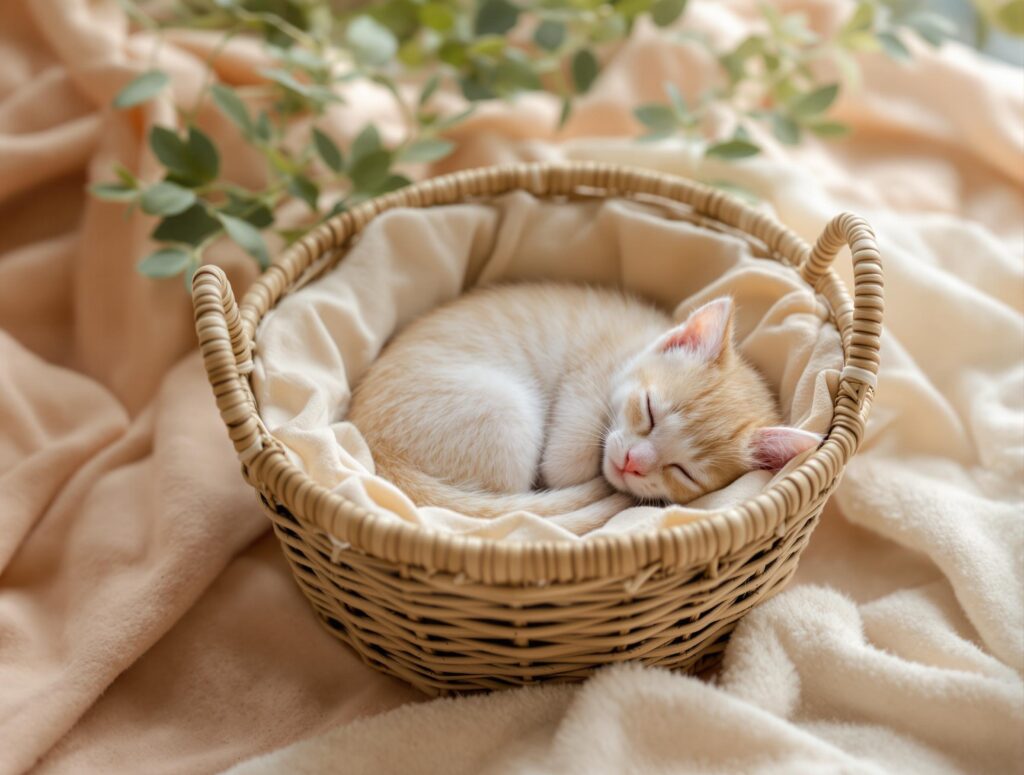
Embrace the Joy of a Thriving Feline Companion
Welcoming a cat brings a lifetime of joy. Preparing early ensures a smoother transition and stronger bond. Let PetHealthMD guide you every step of the way with expert resources and comprehensive cat supplies for your growing feline family.ourney of becoming a confident and loving cat owner today.

